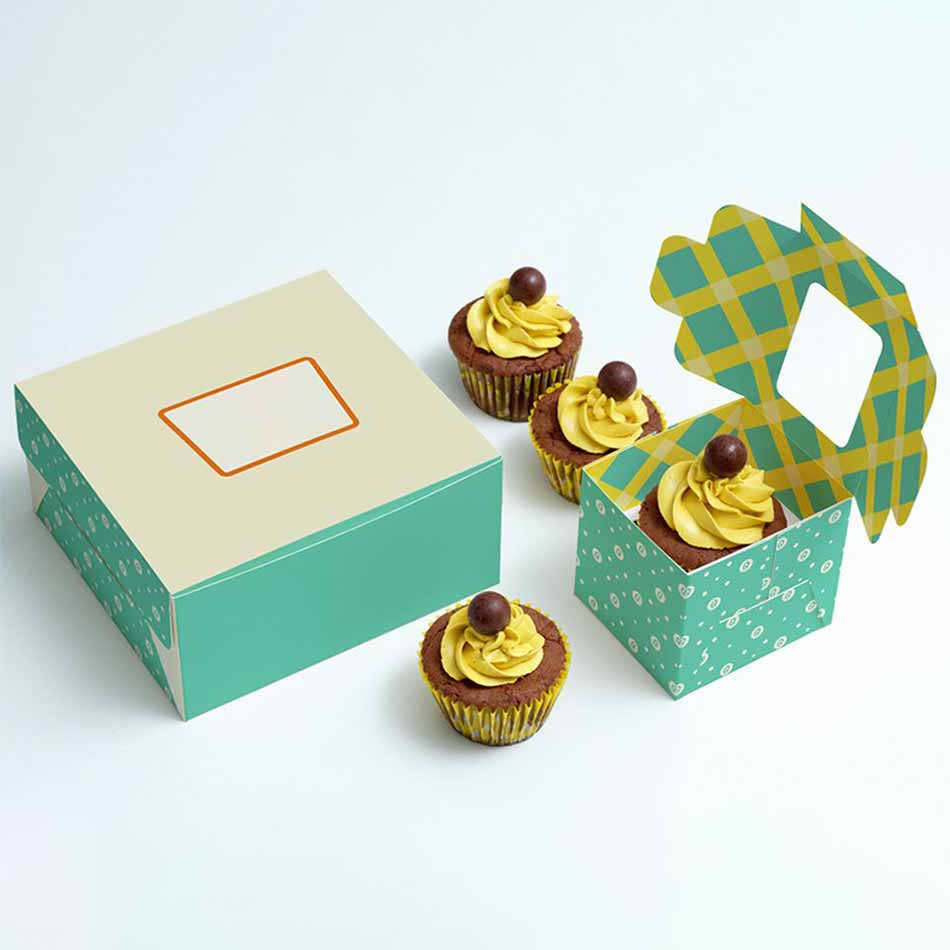As the seasons change and energy charges begin to vary, mortgage holders are continuously searching for ways of keeping their living spaces agreeable and savvy. One thought that could spring up: involving cardboard boxes for protection. Cardboard is promptly accessible, modest, and appears to be a straightforward arrangement. Be that as it may, before you begin amassing boxes, we should dig into the truth of involving cardboard for home protection. This blog entry will investigate the upsides and downsides of this methodology, assisting you with choosing if bulk cupcake boxes are the way to keep your home comfortable or a square-shaped scaffold to no place.
Cardboard’s Insulation Conundrum: Why It Might Not Be the Perfect Fit
While the idea of using custom burger boxes for insulation seems logical – creating a barrier against heat transfer – the reality is less promising. Here’s why cardboard might not be the best insulator:
-
Low R-Value: R-esteem is a proportion of a material’s capacity to oppose heat stream. Higher R-esteem materials are better protectors. Cardboard, sadly, has an extremely low R-esteem, meaning it conducts heat generally without any problem. Think about it like a wobbly cover on a cold evening – not exceptionally compelling at keeping you warm.
-
Moisture Concerns: Cardboard is powerless to dampness retention. At the point when it gets soggy, its protecting properties lessen fundamentally. This can prompt dampness issues inside your walls, possibly causing mold development and primary harm.
-
Pest Problems: Custom retail boxes can attract unwanted guests like insects and rodents. This can create additional problems and negate any potential benefits from using cardboard as insulation.
These limitations make cardboard a risky choice for home insulation. In some cases, it might even create more problems than it solves.
Cardboard’s Cardboard Companions: Situations Where it Might Offer a Glimmer of Hope
There might be a few very specific situations where cardboard could offer a slight insulating benefit:
Important Note: Continuously talk with a certified proficient before endeavoring any Do-It-Yourself protection projects. They can evaluate your particular requirements and suggest the most secure and best protection materials for your home.
Building a Better Barrier: Effective Home Insulation Solutions
If you’re serious about keeping your home comfortable and energy-efficient, cardboard just won’t cut it. Here are some proven and effective insulation solutions to consider:
-
Fiberglass Batts: This is a famous and savvy choice. Fiberglass batts are not difficult to introduce in wall pits and upper rooms, giving great warm protection.
-
Rockwool: Similar to fiberglass but made from volcanic rock, Rockwool offers excellent fire resistance and sound absorption properties in addition to thermal insulation.
-
Cellulose Insulation: Made from recycled paper, cellulose insulation is an eco-friendly option with good insulating properties. It can be blown into attics or walls.
The best insulation material for your home will depend on your specific needs, budget, and climate. Consulting with a qualified insulation contractor can help you choose the most suitable option for your situation.
Beyond Cardboard Boxes: Alternative Ways to Save on Energy Costs
Even if you upgrade your insulation, there are other ways to manage your home’s energy consumption and keep your energy bills in check:
-
Seal Air Leaks: Drafty windows, doors, and gaps around pipes and electrical lines can significantly impact your home’s energy efficiency. Sealing these leaks can make a big difference in keeping warm air in during the winter and cool air in during the summer.
-
Upgrade Your Thermostat: A programmable thermostat allows you to set different temperatures for different times of the day. This can help you save energy when you’re not at home or sleeping.
-
Embrace Energy-Efficient Appliances: Look for appliances with high Energy Star ratings. These appliances use less energy to operate, saving you money on your utility bills.
Conclusion
While the appeal of free and promptly accessible cardboard for home protection may be enticing, its constraints far offset any likely advantages. The low R-esteem, dampness vulnerability, fire hazard, and potential for drawing in bugs settle on cardboard an unsafe decision. In quite certain circumstances, similar to brief answers for little drafts, cardboard could offer a good omen, yet it ought to never be viewed as a long-lasting protection procedure.
Past protection overhauls, consider extra procedures like fixing air spills, utilizing a programmable indoor regulator, and picking energy-effective machines. By adopting a thorough strategy, you can make a more agreeable, energy-productive, and practical living climate. In this way, ditch the cardboard box approach and embrace demonstrated arrangements that keep your home genuinely warm in the colder time of year and cool in the late spring.











